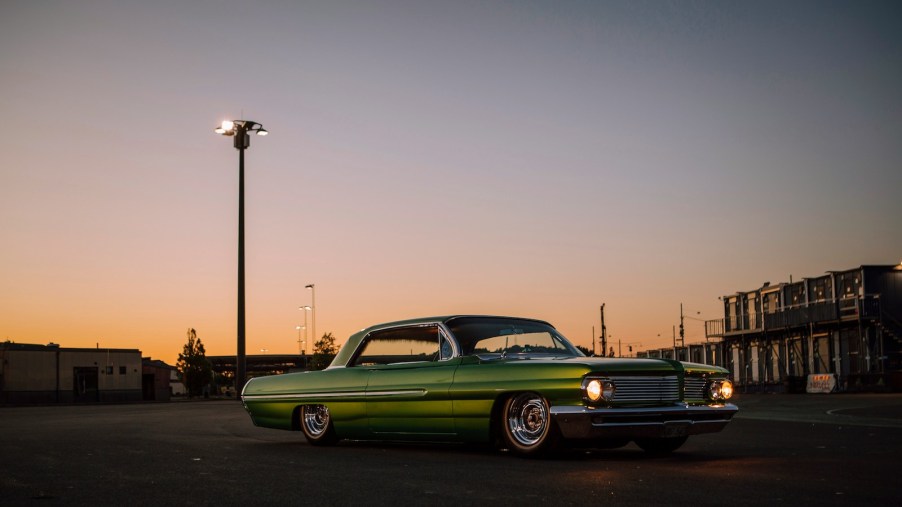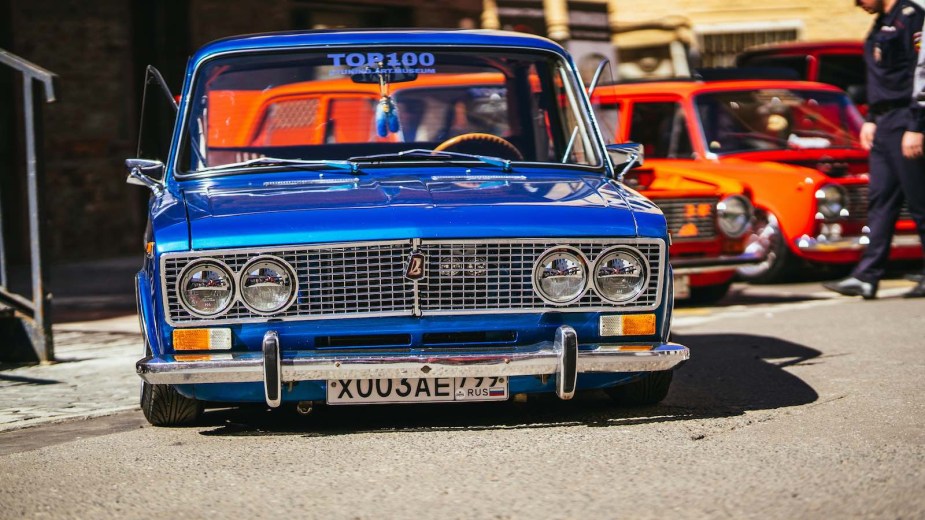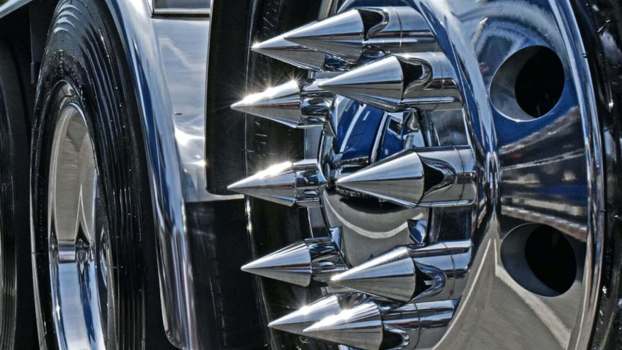
How Low Can a Car Legally Be?
So you were out for a drive the other day and saw a classic convertible that had been modified so it was nearly scraping on the ground. And you thought, How can that possibly be legal? It might not have been, but not for the reason you think.
Many vehicle owners lower the “ride height” of their car or truck. This modification can make them handle better while going around a corner. Or it can be a purely visual choice the driver made. Whatever the reason, “lowriders” are a popular form of custom vehicle.
When I lived in California, lowrider meets were some of my favorite events around. There I always found a thriving community of classic car enthusiasts who not only modified the suspension, but also often restored cars with goregous paint jobs and bespoke interiors.
It’s wise to read state and local laws carefully before lowering your vehicle. That’s because in many places there are guidelines for how high or how low your headlights can be. There may also be similar guidelines for how high or low your bumpers can be. Why? Well other drivers need to be able to see your lights. And if there is an accident, its safest if the vehicles involved have similar heights so their bumpers stop one another.

Many states have a similar law to the bumper law, requiring license plates to be a certain height. This is just so they are easily visible to police officers.
Lowrider drivers who have vehicles that are technically legal complain that they still face unfair discrimination. Enthusiasts have complained to the state of California that many municipalities write ordinances to target lowrider meets and cruises. They also have accused some towns of only enforcing vehicle noise and modification laws for lowriders.
The insinuation here is that towns are discriminating for racial reasons. Lowriders are often associated with latino culture.
NPR confirms that, “In the late 1950s, California enacted a state law regulating lowriders. And in the late 1980s, the state began permitting cities and towns to put in place cruising bans over fears of traffic congestion and crime, lawmakers said.”
In response to these complaints, both houses of the California Legislature unanimously passed a non-binding resolution calling for towns and cities to lift any cruising bans still in effect. What does a non-binding resolution mean? Asking nicely.
So while lowriders may continue to face legal trouble, there is no law about how close the bottom of a car can be to the road.
Next, find out whether monster trucks tall enough to drive over your car are legal, or check out a lowrider car show on the streets of San Francisco in the video below:




